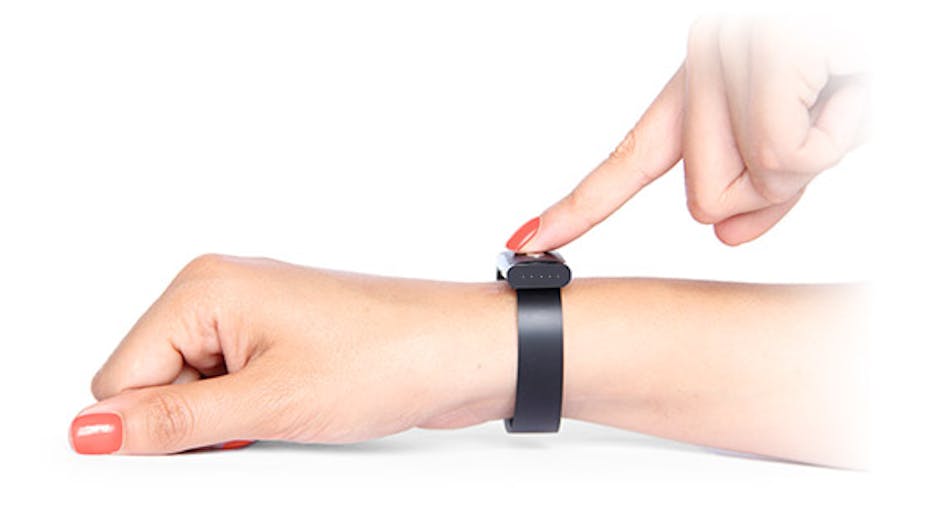I used to carry a wallet. It used to have notes, change, a driver’s license and then cards. The cards proliferated with debit, credit and reward cards. The wallet swelled. And then I added a phone to my pockets. It started to get ridiculous.
For the past 20 years I have thought long and hard about how to reduce this. To be sure, what am I complaining about? After all, it isn’t like I am really burdened down by all this. But I’m an economist. Little costs if incurred regularly really add up. I’d like to have fewer things that I need to remember to carry.
I say all this by setting the context by which I was unreasonably excited by Apple Pay. Just as my wallet was shrinking due to the lack of need to carry cash, here was the opportunity to take it to the next step and get rid of the cards. It was simple. I would just take out my phone at a cash register, use my thumb print for identification and that would be it. Stuff would be paid for.
Convenience was one thing but when I thought about it, a credit card with an NFC chip (or Pass as it is often called), was not that great a leap. To be sure, Apple looked like bringing the card free life that I now enjoy for taxis with services like Uber but this might hardly be economically significant.
Instead, what really gave me hope for the future was the issue of ‘identification.’ The core of Apple Pay was that the phone identified me as me without handing over other information to the retailer. This is important because the main reason I carry a wallet is not because of convenience per se but because it previously represented the way by which I would be identified. Possession was my credo. Having cash identified that I had done something legitimate to acquire that cash and a right to acquire more goods and services with them. Having a card allowed my bank to verify that I had those rights. Now, I could do the same with just a phone. Moreover, the retailer wouldn’t need to do anything other that see an acknowledgment that the ‘black box’ had accepted my credentials.
This cut out an important middleman in the process and a real point of weakness. Companies always knew that having employees at the cash register handle cash was risky because it could easily disappear. Credit card companies know that handing over card information to people at cash registers was a large reason that card information was lifted to be used in an unauthorized or fraudulent manner. Now that middleman is gone and with it the system as a whole is safer. Apple have worked out a good way to check that I am who I say I am without at the same time allowing someone else to say they are me. Hence, this not so much a payments innovation as an identification revolution.
But my wallet as identification isn’t done yet. We have to get cards and Apple Pay accepted by retailers. Then we need to get official identification such as driver’s licenses to be accepted on a phone. I’m not holding my breath on the last one but it all gives me reason for hope.
That said, there are challenges. The most significant to emerge comes from the retailers. Retailers have been paying for the fraud in the system but have also been paying hefty fees to card associations (and through them card issuers) for some years. Around the world, regulators have sought to give retailers a break but in the US the response has been relatively weak. So a group of retailers (including Walmart, K-mart, 7 Eleven and Best Buy) set in motion a way to use mobile phones to bypass card issuers entirely. There is nothing wrong with that. However, when CVS first accepted and then rejected Apple Pay because of this collective push to bypass card issuers, the spectre of antitrust returns was raised. Put simply, Apple and Google, for that matter, were trying to make things more efficient but CVS and others appeared to have collectively decided not to give consumers a choice. What is more, their solution wasn’t even available yet. This is troubling.
There is also a diffusion issue. Apple’s solution – using a Touch ID thumbprint – is effective but is proprietary. You have to have an Apple device. But alternatives are, literally, a heartbeat away. Toronto’s Bionym just last week signed a deal with MasterCard to use authentication by heartbeat to allow payments directly from your wrist – you, literally, won’t have to lift a finger to pay and get all the benefits that I have already listed come with Apple Pay. The hope again is that there will be multiple innovations that will resolve the identification challenge and lead to a proliferation of options for consumers.
Ultimately, this will move our identity closer to our bodies – from our back pockets to our wrists. Indeed, when I come into Canada, up until recently, they were happy enough with my retina. In the end, our wallet will hopefully disappear with its last purpose. It may not seem like a large victory but historically, I suspect in a century our descendants will be perplexed that we had them at all.

